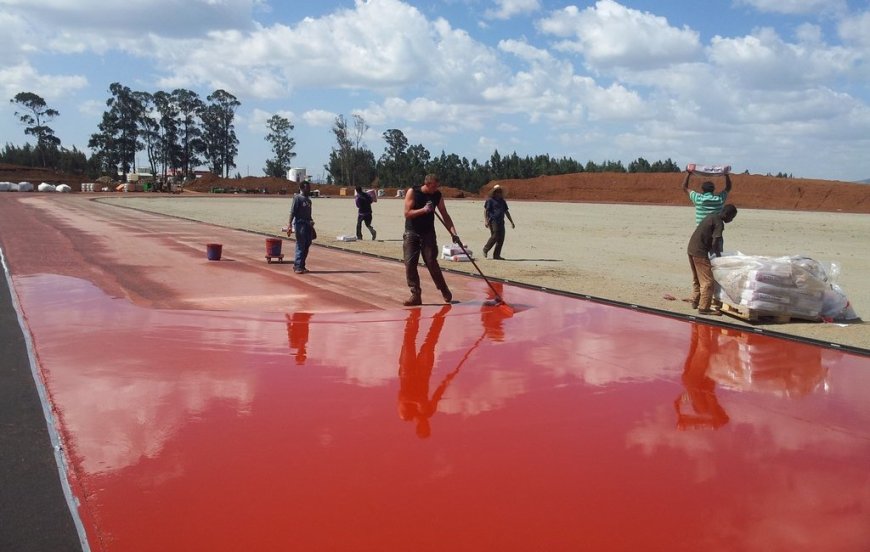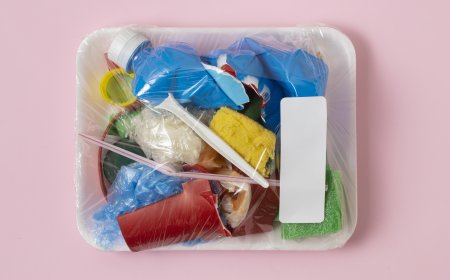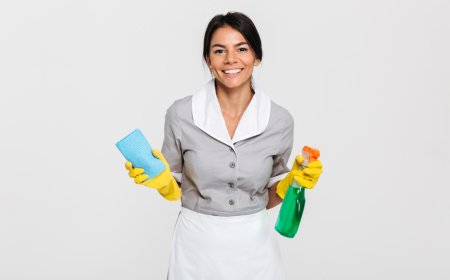What Makes a Safe and Durable Sports Surface?
Sports Surface

Sports surfaces arent just about looks or performance. Theyre about protecting players and withstanding daily wear. Whether for schools, parks, or sports clubs, the right surface supports active play without compromising safety or lifespan.
A poorly built surface can lead to injuries, fast deterioration, and frequent repairs. Thats why every element, from the base to the top layer, needs to be carefully considered.
Choosing the rightsport surfacingsolution ensures that your court or pitch not only performs well but also stays in great shape for years.
Start with a Solid Base
The base is the foundation of the entire surface. If the base fails, the surface fails. A stable, well-compacted base supports the layers above and helps prevent cracking, sinking, or uneven wear.
Depending on the site, this could be a crushed stone foundation, concrete, or engineered layers with drainage channels. It should be designed to handle the expected foot traffic, weather conditions, and surface type.
Without the right base, even high-quality materials wont perform as intended. Always work with experienced professionals to assess ground conditions and build a proper foundation.
Choose the Right Surface Material
Not all sports surfaces are created equal. The choice of material impacts everything from traction to injury risk.
Here are a few popular options:
Tarmac
Ideal for multi-use games areas and school courts. Its tough and cost-effective but can be hard on joints if used for high-impact sports without cushioning layers.
Polymeric Rubber
Perfect for running tracks and playgrounds. It offers excellent shock absorption and is slip-resistant even in wet conditions.
Artificial Turf
Great for football, rugby, and general-purpose play. It provides a natural feel with less maintenance than real grass. When installed with a shockpad, it also reduces impact injuries.
Each surface type has its pros and cons. The key is matching the material to the sport, user age group, and usage level.
Surface Grip and Traction
Grip is critical for player safety. A slippery or overly smooth surface increases the chance of falls and muscle injuries.
The right surface should allow players to change direction, stop, and accelerate safely. For example, polymeric rubber surfaces can be treated with anti-slip coatings. Artificial grass should have proper infill and fibre density to maintain consistent grip.
Regular inspections and surface treatments help maintain traction over time. Dont ignore these routine checks theyre just as important as the initial installation.
Shock Absorption to Reduce Injuries
Shock absorption is what protects players joints during impact. Its especially important for younger athletes or high-impact sports like basketball and athletics.
Surfaces should have a shock-absorbing layer, like a rubber underlay or cushioned base. This not only reduces injuries but also makes the game more enjoyable by softening every step or fall.
Too much shock absorption, though, can lead to sluggish play. The surface needs the right balance of softness and firmness for optimal performance.
Weather Resistance and UV Protection
Outdoor surfaces face constant exposure to sun, rain, frost, and temperature swings. If materials cant handle this, theyll crack, fade, or lose grip quickly.
UV-stable coatings and water-resistant materials are a must for outdoor use. Artificial turf should be made of UV-resistant fibres. Tarmac and rubber courts benefit from protective sealants.
Proper drainage design is also essential. Water should never pool on the surface. Without this, moss and algae can form, creating slip hazards and breaking down the surface.
Consistent Surface Thickness
Inconsistent surface thickness causes problems. Thin areas wear faster and can become weak spots. Thicker areas can affect ball bounce and speed.
Professional installers use tools like laser levellers to ensure every part of the surface is even and meets the sports standards. This attention to detail pays off in both play quality and durability.
If you notice uneven wear patterns or soft patches, have the surface inspected right away. Fixing small issues early prevents expensive resurfacing later.
Line Markings That Last
Sport surfaces need clear, long-lasting lines for proper gameplay. But not all markings are created equal.
Painted lines should use specialist outdoor or rubber-surface paints. For artificial turf, tufted or inlaid lines offer more durability than painted options.
Faded or uneven markings affect both play and safety. Make sure your contractor includes professional line painting and offers touch-up services over time.
Low Maintenance, High Performance
Durable sport surfaces dont have to be high-maintenance. But a basic maintenance plan is essential to keep the surface safe and performing well.
This might include:
-
Regular brushing for artificial turf
-
Occasional power washing for tarmac or rubber
-
Checking for drainage blockages
-
Repainting or recoating every few years
Neglecting maintenance shortens the lifespan of any surface. A small investment in upkeep pays off by avoiding big repair costs.
Certified Installation and Materials
Choose surfaces and installers that meet recognised standards. Materials should be tested for slip resistance, shock absorption, and weather durability.
Installers should have experience in sport-specific projects and follow safety regulations. Ask for references, certifications, and product guarantees before starting work.
This protects your investment and ensures your surface holds up under real-world use.
Final Thoughts
A safe and durable sports surface is the result of good planning, quality materials, and expert installation. It protects players, supports fair gameplay, and stands up to heavy use over time.



































